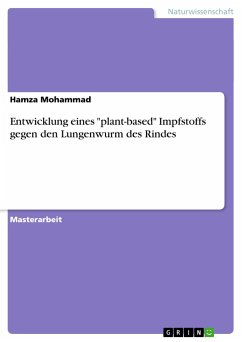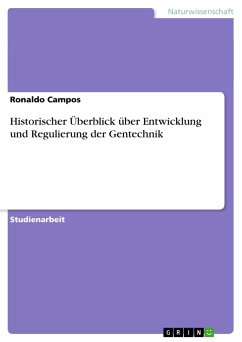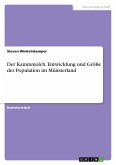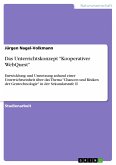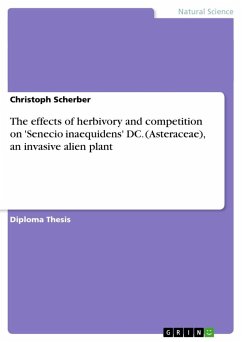Masterarbeit aus dem Jahr 2013 im Fachbereich Biologie - Genetik / Gentechnologie, Note: 1,0, Gottfried Wilhelm Leibniz Universität Hannover (Pflanzen Genetik), Sprache: Deutsch, Abstract: Genetically modified plants, which are used in the production of industrial materials orpharmaceuticals instead of feed and food production, are nowadays referred to aspharmaceutical plants. Due to genetic modification, these pharmaceutical plantsproduce important proteins (vaccines or antibodies) for pharmaceutical use asenzymes for different applications. In order to produce these proteins/enzymes thecoding DNA are incorporated into the genome of plant where the plants will expressthe protein to high level producing low cost molecules compared with otherexpression systems like cell culture, hypridoma, fermentas. As well as, when thetarget proteins has a lethal effect on E.coli hindering the overexpression. In temperateclimates such as Northern Germany the lungworm (Dictyocaulus viviparous) is one ofthe economically most important parasites of cattle. This parasite causes parasiticbronchitis disease, which occurs in varying intensity and-in some cases-can lead todeath of the infected animals.It was possible to control a lung worm infection with anthelmintics and even in somecountries with a live vaccine, which consists of X-ray attenuated larvae and pasturagetechnical measures. This vaccine can only induce a robust immunity in cattle for afew months. In addition, the production of these vaccines is very costly and suffersfrom limited durability. Therefore, an attempt was made in this work to producerecombinant proteins in high purity and in large amounts by using tobacco plants andto use these proteins instead of the previously available immunization as a vaccinewith high efficiency.First, the vectors were constructed harbouring SOD (superoxide dismutasepGIIMH35S-SOD vector size approximately 6138 bp). and NMT (N-methyl)(pGIIMH35S NMT-HIS vector size approximately 6322 bp) since expression of SODand NMT showed a toxic effect in E. coli, alternative system is needed like plantAbstractIVbased expression. Therefore, they were genetically transfered into tobacco plantsusing Agrobacterium tumefaciens mediated transformation. Different molecularbiology methods were used to confirm the integration of the genes into gDNA oftobacco like PCR and RT-PCR using different sets of primers at DNA and RNA leveland functional assays using Basta herbicide and enzymatic assys at protein level.The desired proteins were detected by western blot and their enzyme activity wasmeasured. [...]

